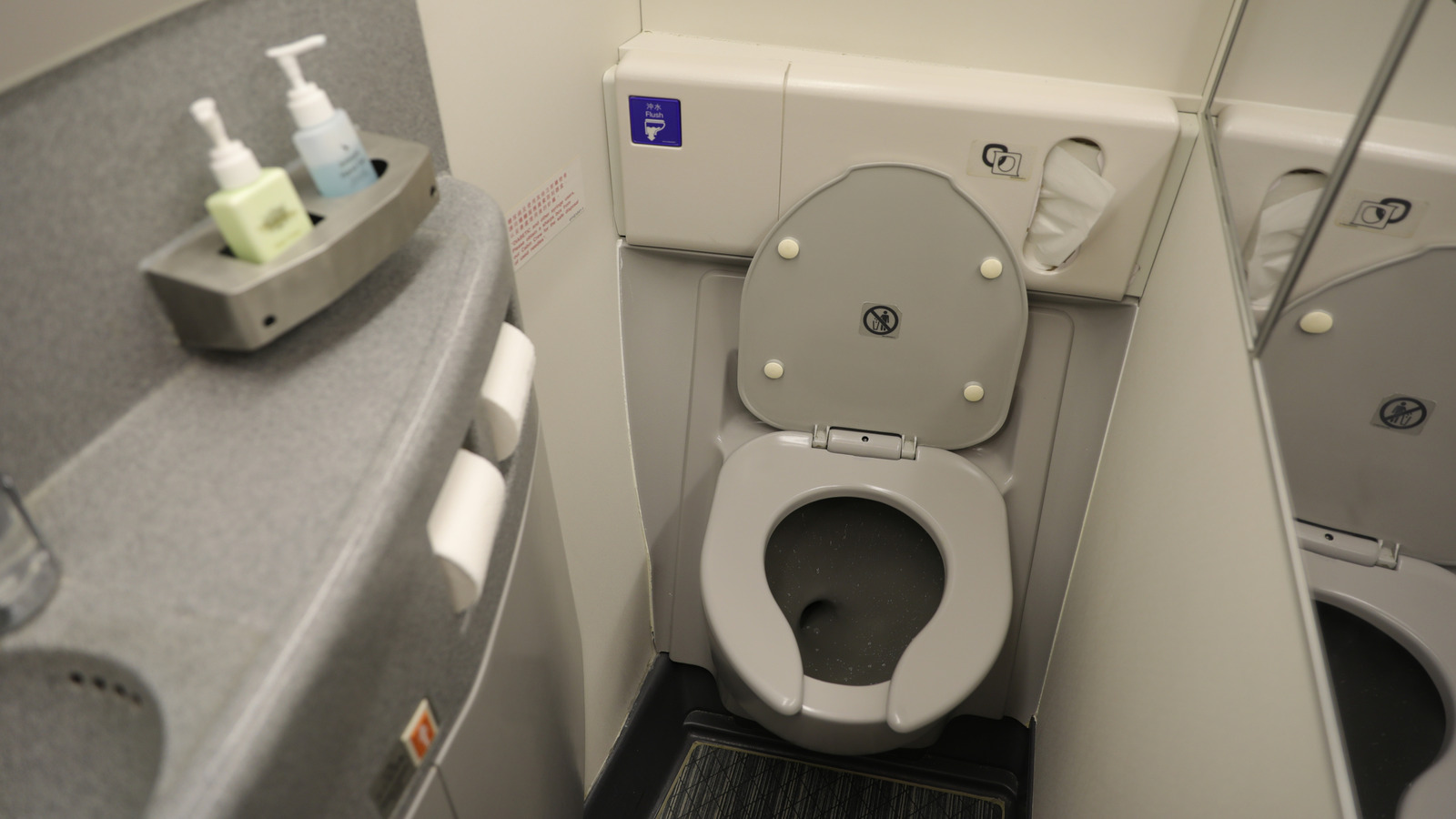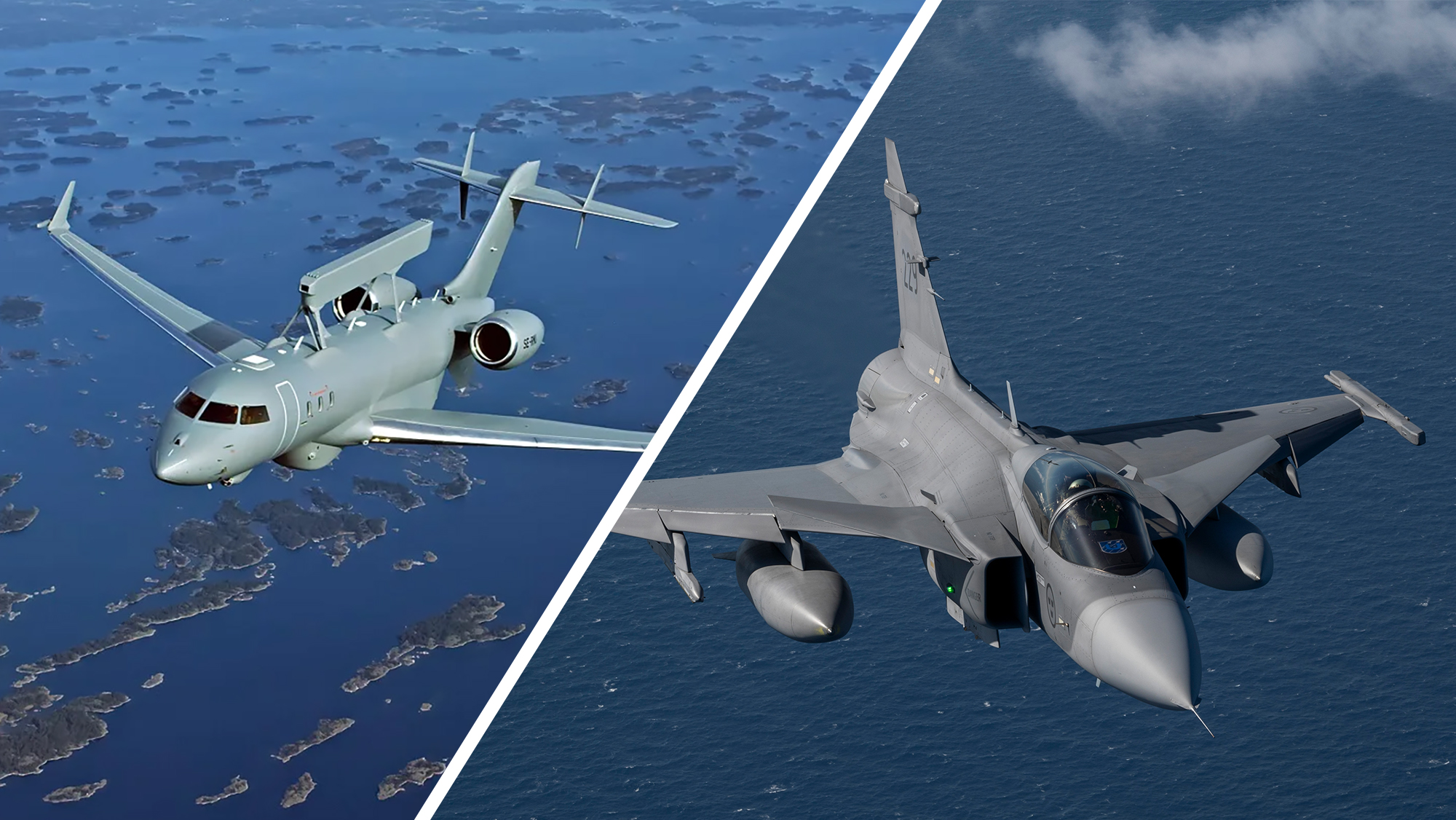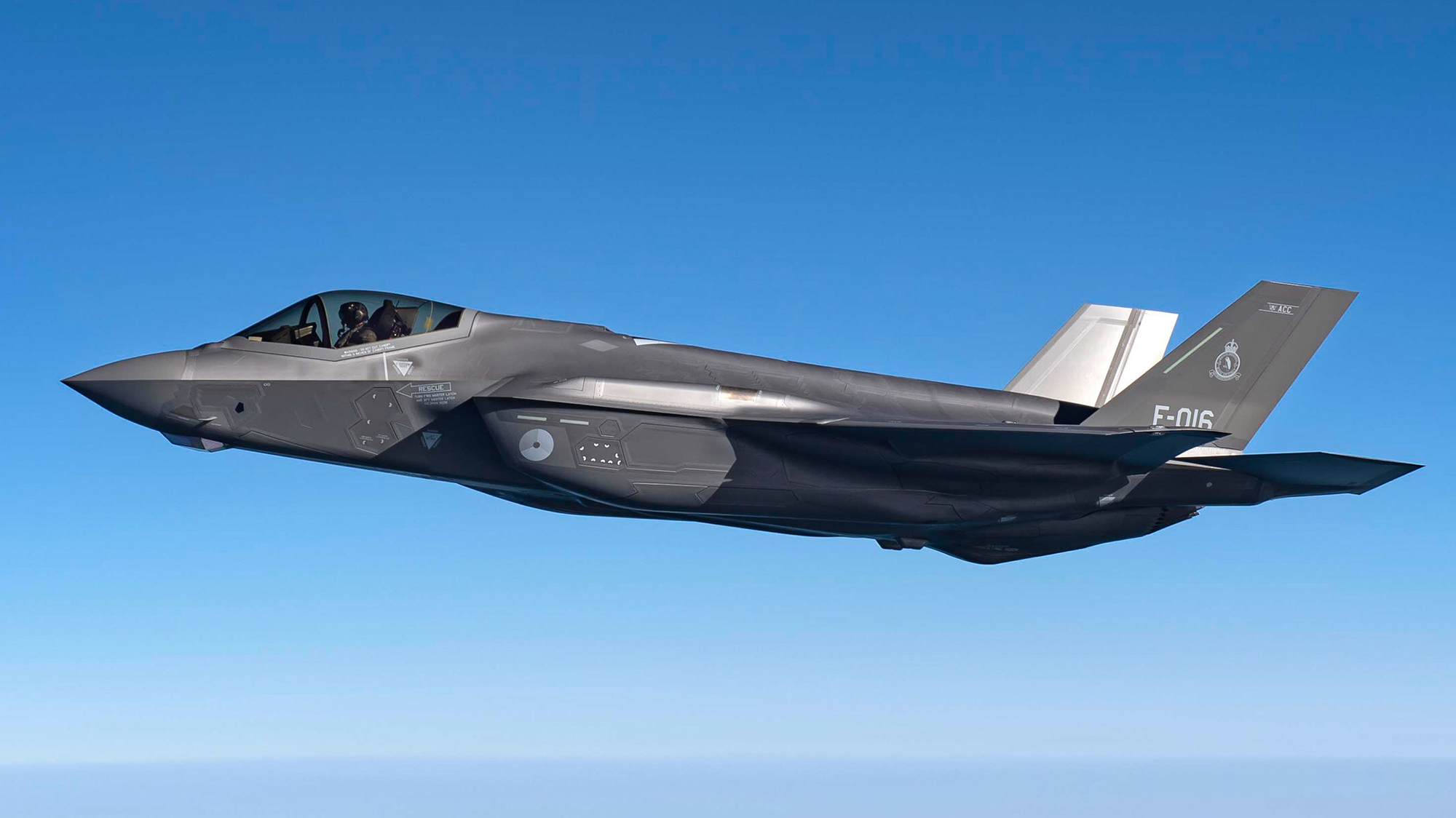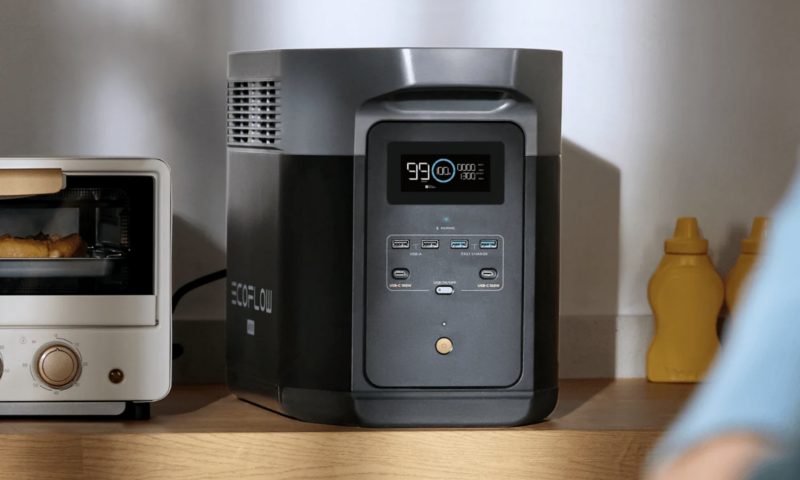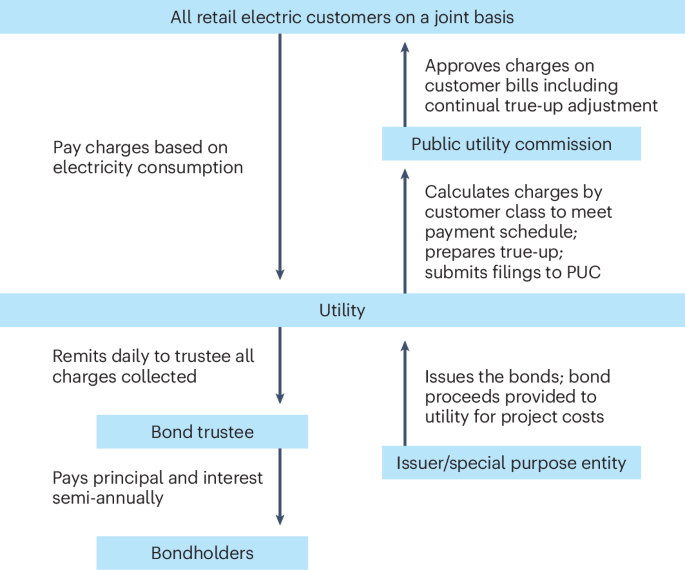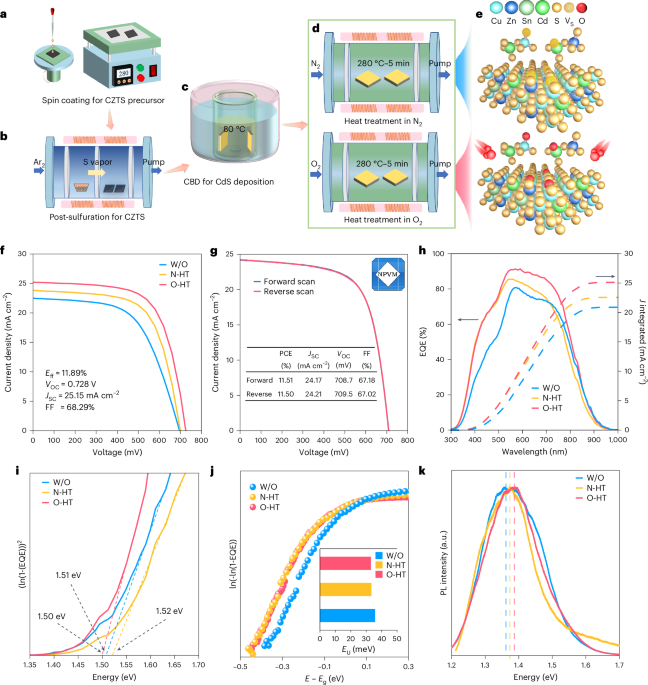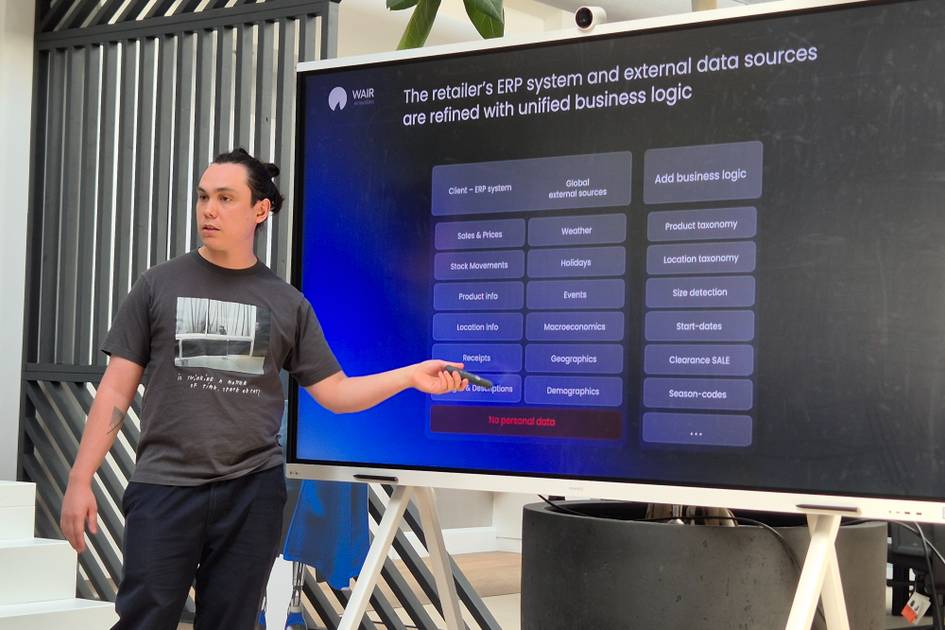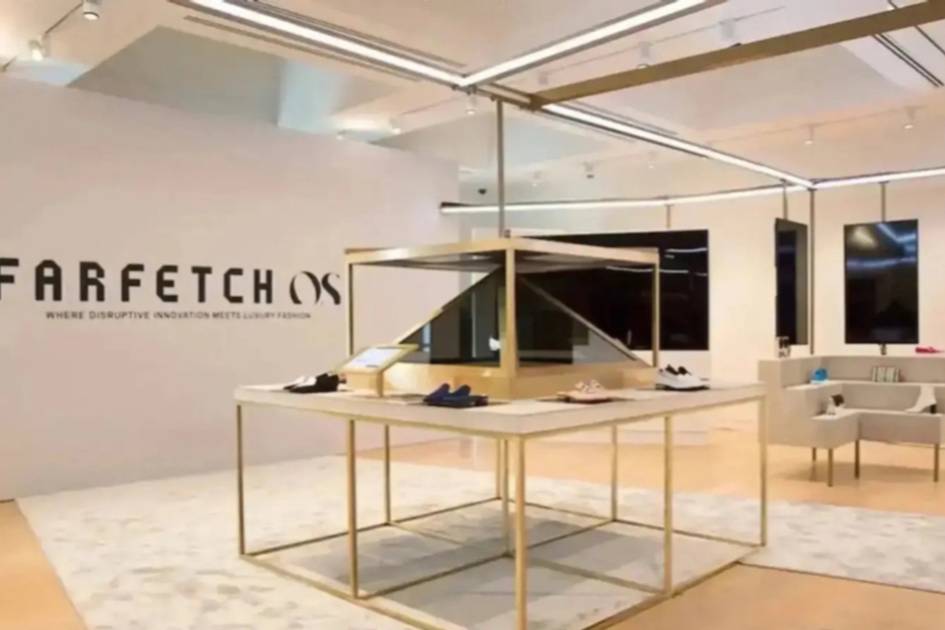Anduril gets green light from Army to take over Microsoft’s IVAS project: Exec
Anduril’s Tom Keane said the company doesn’t plan to make any more of the physical IVAS headsets, but separately does plan to compete in the Army’s next-gen augmented reality competition dubbed Soldier Borne Mission Command.
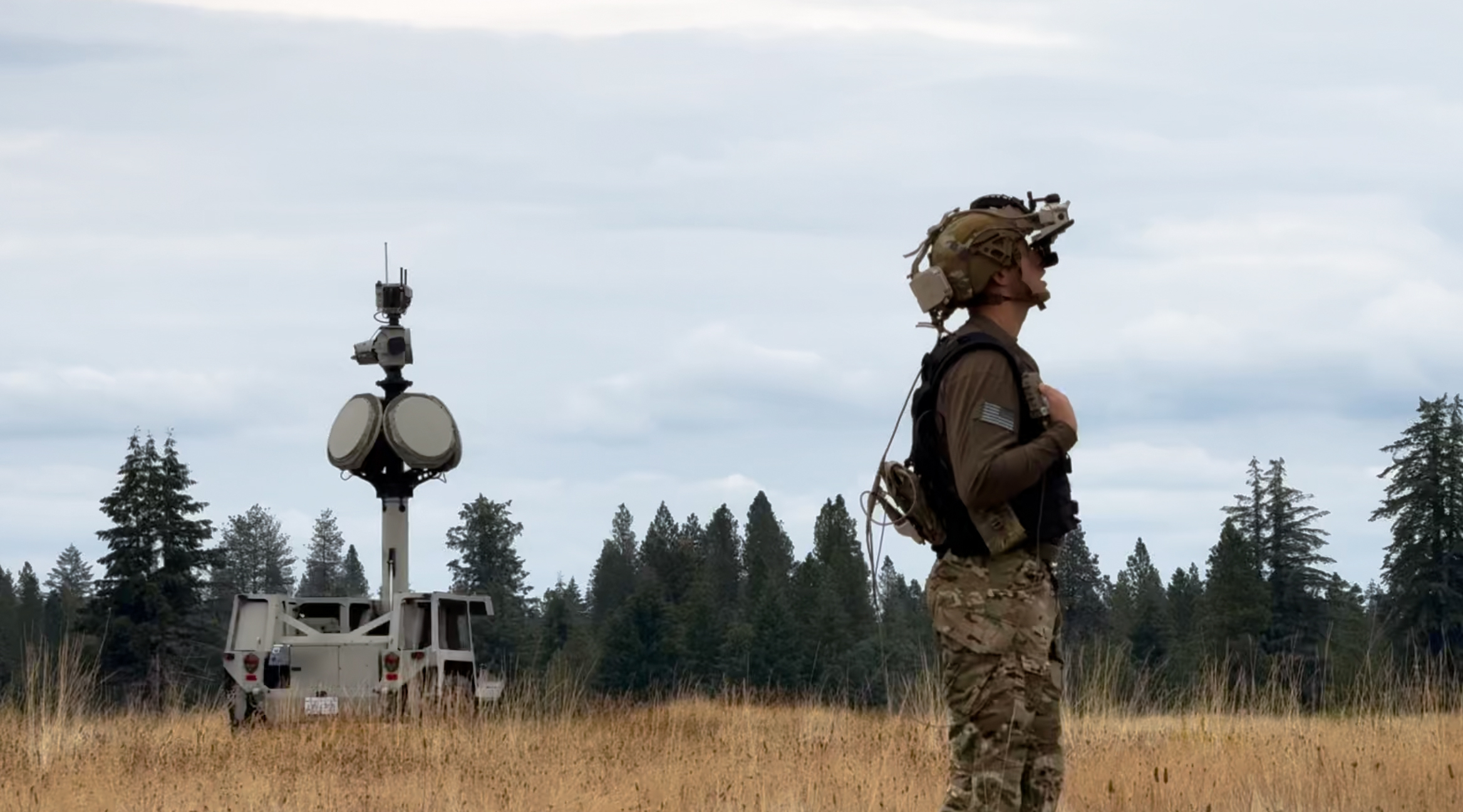

A US Army soldier detects small drone threats through Lattice IVAS integration. (Anduril)
WASHINGTON — Anduril has officially assumed oversight of a multi-billion production deal for the US Army’s mixed-reality Integrated Visual Augmentation System (IVAS), a company official told Breaking Defense.
On April 10, the service signed off on the “contact novation,” which essentially slid the terms of Microsoft’s 10-year, $22 billion contract over to the tech company, according to Anduril’s Senior Vice President of Engineering Tom Keane. However, the company is not expecting to actually produce any hardware under the deal, but rather focusing on making sure the existing devices operate properly.
Microsoft, Keane explained, has fulfilled all existing production orders for Army IVAS heads-up displays (HUDs) including an order for 400 of the 1.2 version of the devices delivered in the February timeframe.
“There’s no new hardware on the existing IVAS contract that Anduril is responsible for delivering, but what we’re going to be delivering is the software functionality on top of those existing headsets,” Keane said.
“We’ve modified and changed pretty extensively the way in which software used to be released as part of IVAS,” he said separately. “It used to take about 180 days or six months to get from a developer down to the warfighter. … We’ve got that down to about 18 hours.”
Anduril founder Palmer Luckey, who rose to prominence after developing the civilian Oculus augmented reality headset, said ahead of the formal move that it would involve Microsoft transferring “employees, hardware, IP, facilities, everything, to Anduril.”
Microsoft confirmed the project has been transferred to Anduril. The Army did not immediately respond to questions about that plan or the contract novation. But in Huntsville, Ala., last month, the service’s top uniformed acquisition official, Lt. Gen. Robert Collins, confirmed that the service is “not currently” planning to buy a large quantity of IVAS 1.2, and is instead looking to the future.
“We are committed to IVAS and continue to improve that system,” Collins told reporters. “We’re continuing in the prototype [phase], and we’re learning to iterate … to make sure that we’ve got the requirements right.”
The service has faced down a series of fits and starts with IVAS development over the past handful of years. The program was originally based around Microsoft’s commercially available HoloLens 2 heads-up display, with the service seeking to morph it into a device that soldiers can use both in combat, including under the cover of darkness, and for virtual training.
That work led to Microsoft securing the 10-year production contract valued up to $22 billion in 2021, but shortly thereafter a host of problems publicly emerged including soldiers complaining of discomfort, dizziness, nausea, and system reliability.
Army leaders eventually sought to revamp the design and split the program into three initial versions of the googles: the 1.0, 1.1 and 1.2. (The service acquired 5,000 1.0 units and outlined plans to possibly acquire an additional 5,000 1.1 units for limited use.)
Version 1.2 was dubbed as the more dramatic, key make-or-break upgrade — an iteration to correct past problems, in part, by transitioning the device from a helmet-like display with a 70-degree field-of-view, to a hinged, flat design with a 60-degree field-of-view that soldiers can flip up.
As Microsoft worked and tested the revamped HUD, in September 2024 it announced a partnership with Anduril for the integration of new sensors and the newer company’s Lattice platform into the device. Then in February, Microsoft announced plans to slide the production contract over to the tech company.
To date, the Army has not publicly released findings about recent 1.2 testing but has outlined plans for a new competition called Soldier Borne Mission Command. Anduril is just one company gearing up to compete for the revamped initiative, Keane said, though he declined to go into detail.
In February, Luckey described to the Shawn Ryan Show his vision for a new military augmented reality system that Anduril has been developing, which he said includes a fully integrated helmet and vision system capable of linking to any other system using the firm’s Lattice platform to give soldiers “superhuman” situational awareness. That project, which Keane declined to discuss, is called Eagle Eye.












